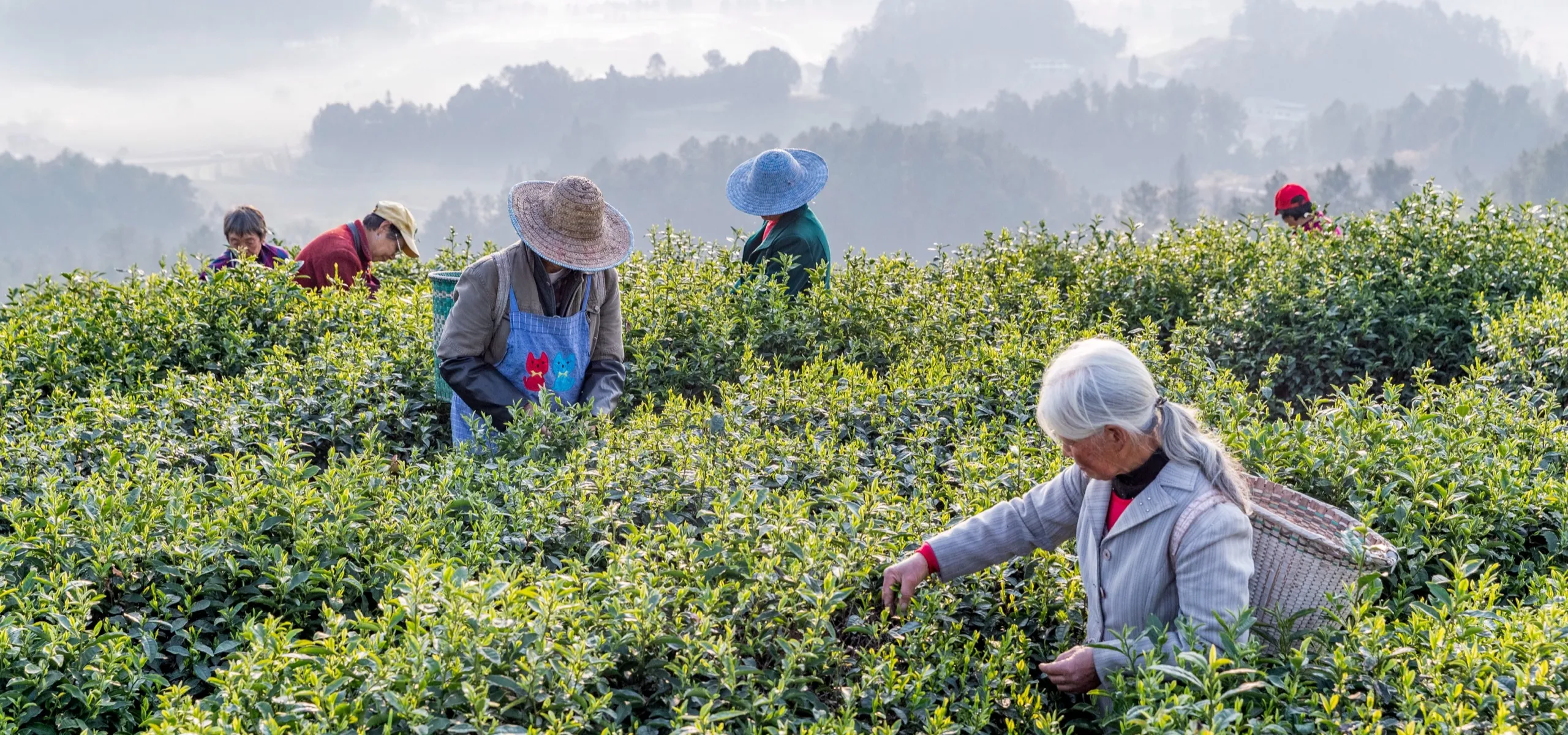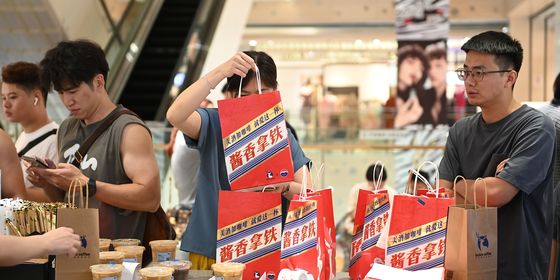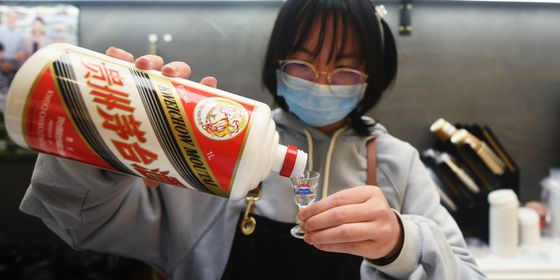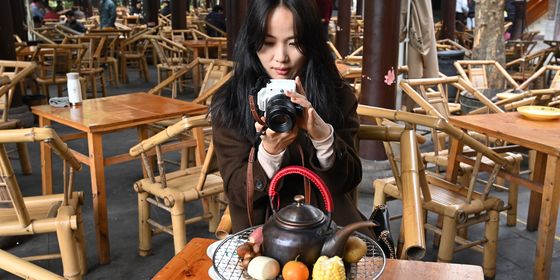Learn the legends, rituals, and drinking games behind China’s most famous drink
Asking for a “cup of tea” is no simple request in China: There are more than 2,000 types of teas, covering six categories—green, black, oolong, white, dark, yellow—as well as reprocessed varieties like flower and fruit-scented teas. In November 2022, “Chinese tea-making techniques and related customs” were recognized by UNESCO as a world heritage item—perhaps a long-overdue honor for a drink that empires were willing to steal to get.
Tea grows from the camellia sinensis plant, which is native to China. There are four major tea-growing regions, home to different varieties of tea. In the southwest region, covering the mountainous parts of Yunnan, Guizhou, and Sichuan provinces, dark tea grows at high altitudes amid the mountain mist. The Pu’er region in Yunnan is home to the fermented tea that shares its name, with a strong “mushroomy” taste and high prices to match.
In the southern region, covering provinces such as Fujian, Guangdong, and the Guangxi region, oolong, black tea, and white tea all grow in the nutrient-rich red soil, fed by annual monsoons and warm temperatures. The other two tea regions, Jiangbei and Jiangnan, fall north and south of the Yangtze River (respectively). Both yellow and green tea grow there.
The Jiangnan region is home to the so-called “queen of green tea,” Longjing. Growing near Longjing village in Hangzhou, Zhejiang province, the tea plant is protected from cold waves by surrounding peaks and quenched by the many mountain streams. The leaves are picked in April, the time of year when the sprouts are most tender. The leaves are first dried in the sun for half a day, then fried over a fire to remove the moisture.













